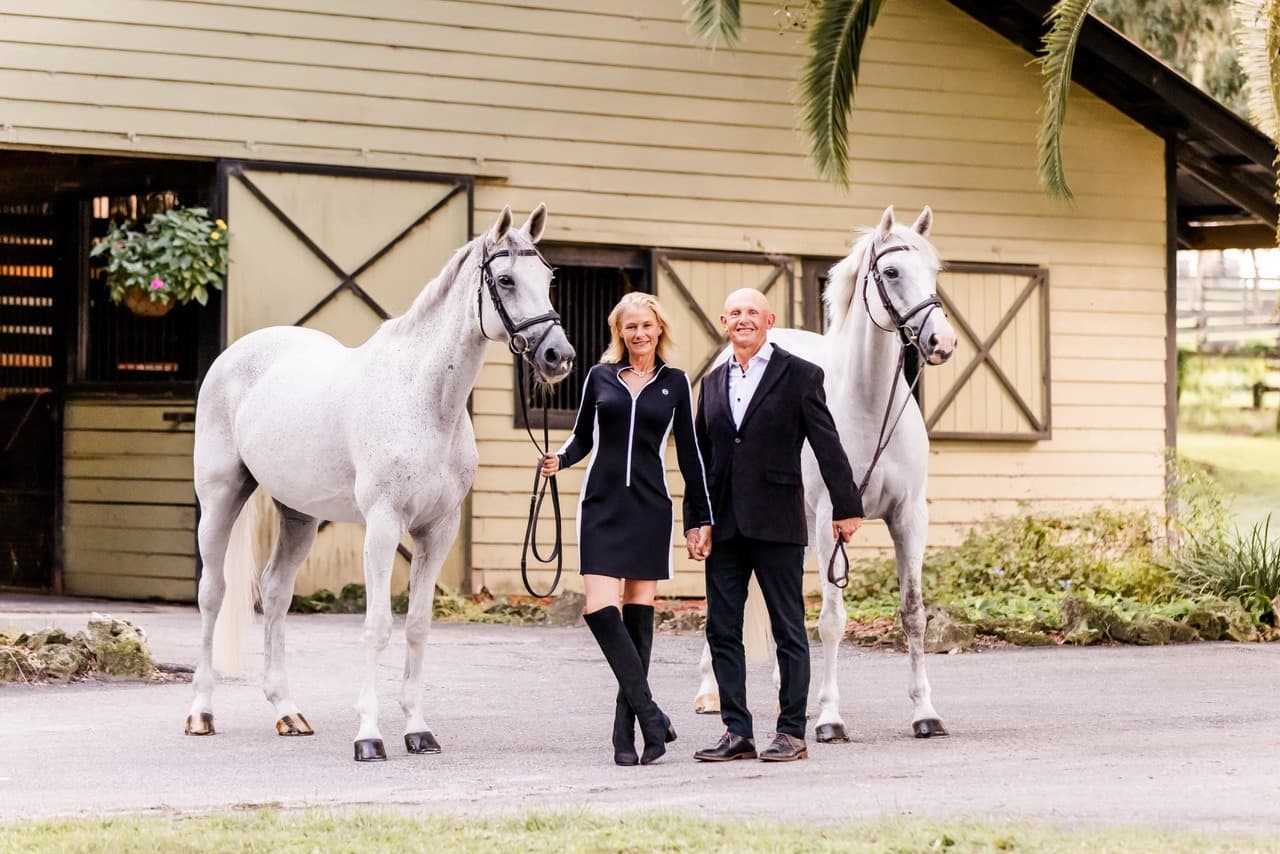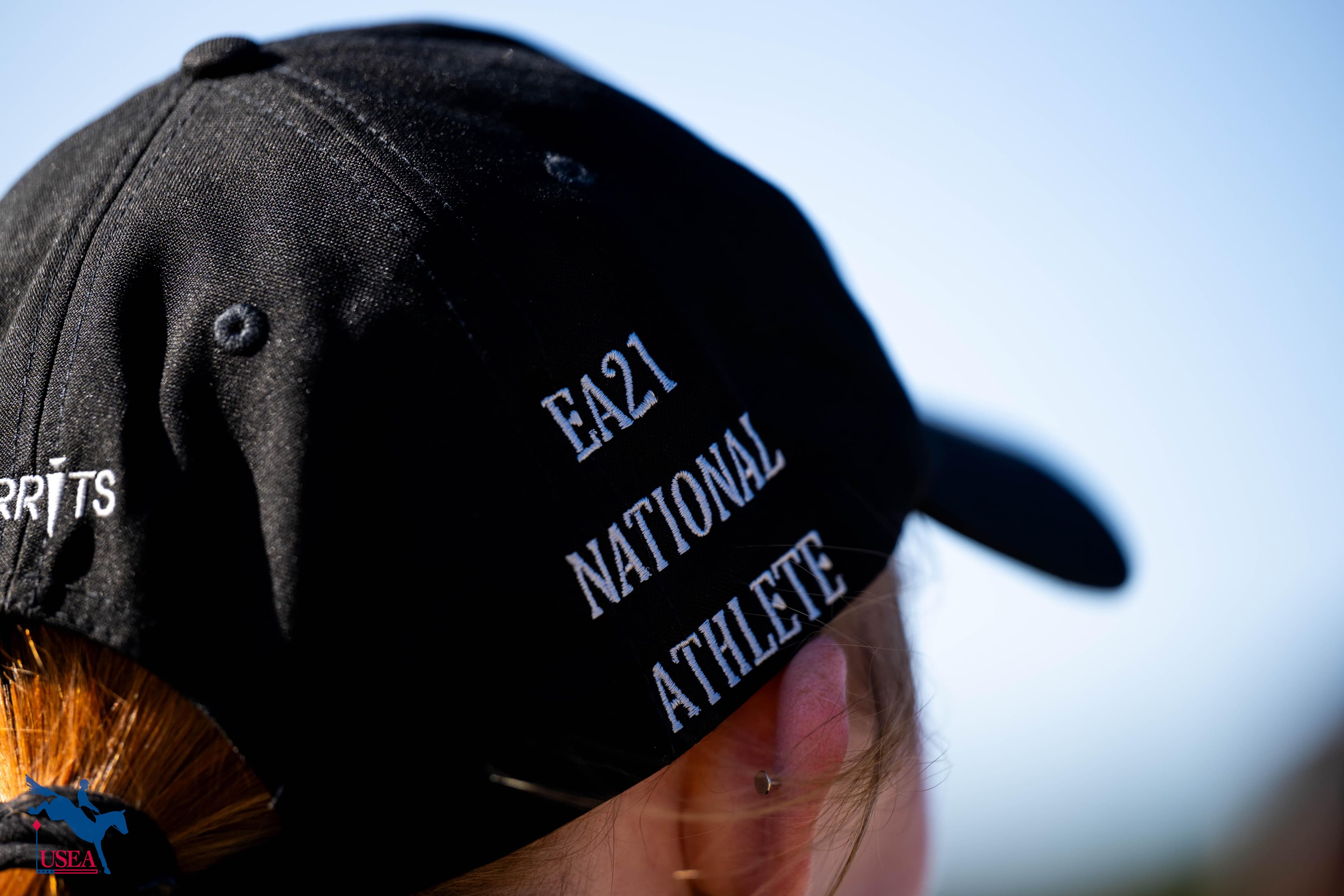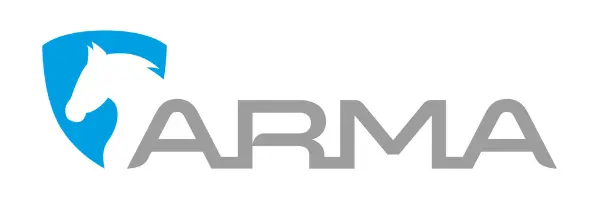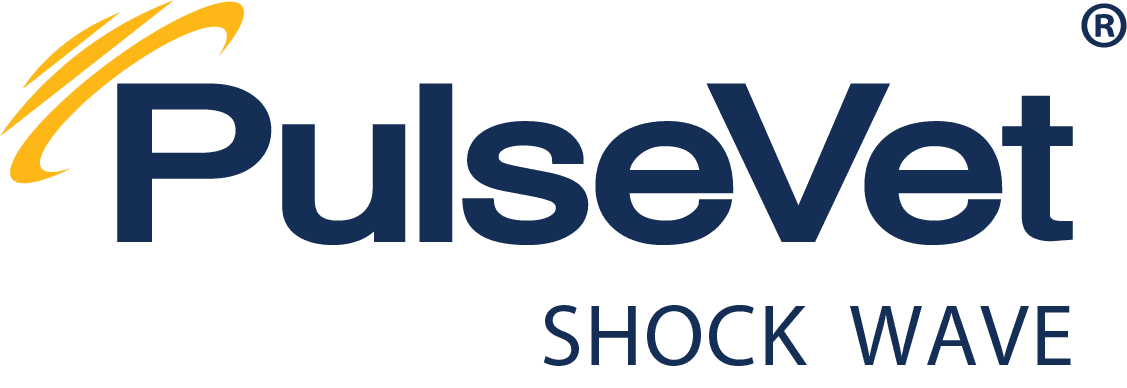Team Approach to Joint Health
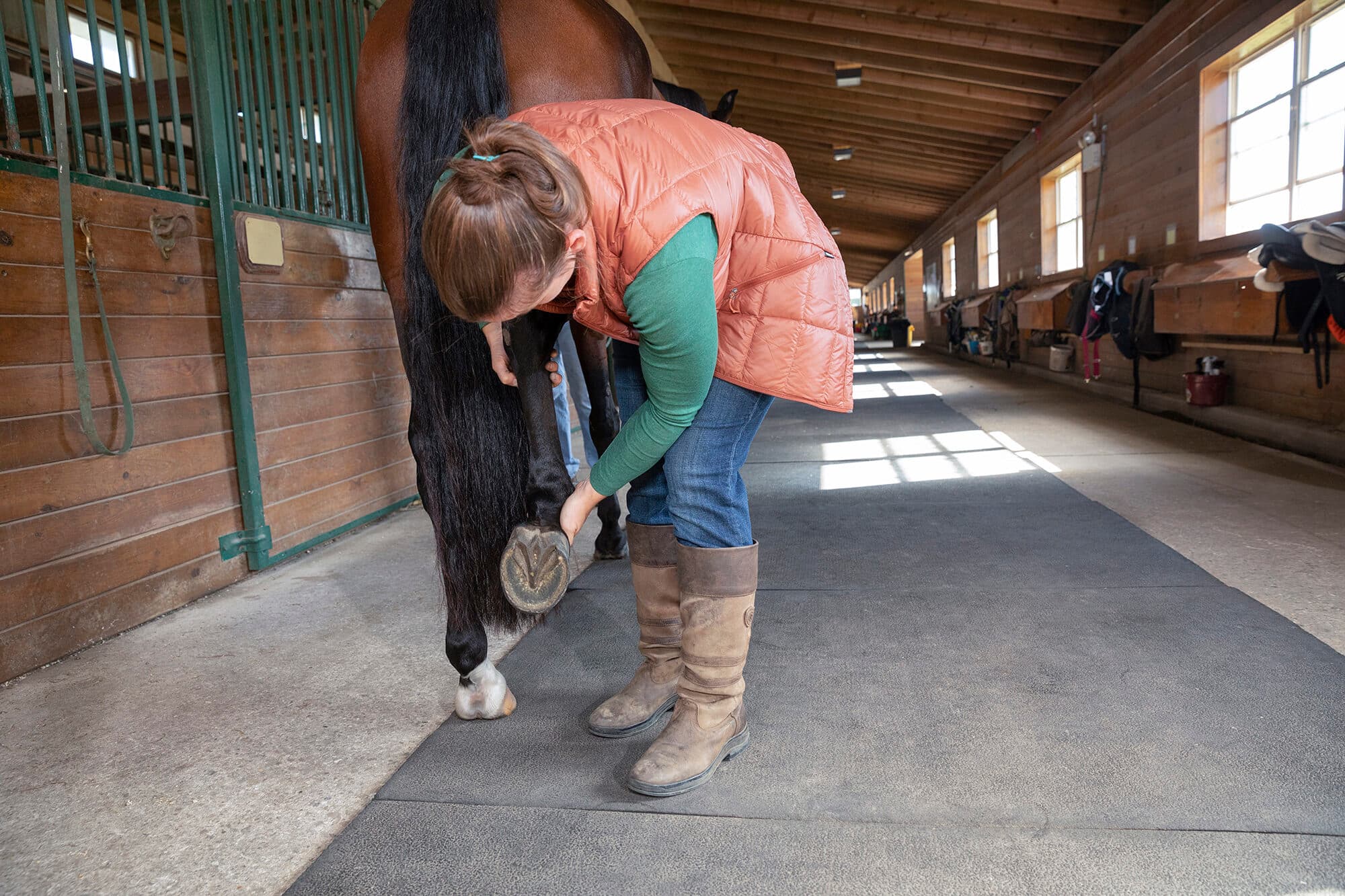
From veterinarians to trainers to farriers, everyone in your stable of people helps make the ride more enjoyable—and longer-lasting.
Imagine a dream team. A group of people who always support you and your horse. It likely includes fellow riders who celebrate and commiserate with you. A trainer may be on the roster as someone who walks alongside you every step of the way. You also can’t do without a farrier to keep your horse well shod and a veterinarian to help maintain your horse’s health and wellness.
Each plays a crucial role in your horse’s soundness, especially when it comes to managing degenerative joint disease (DJD). Also called arthritis, DJD causes up to 60% of lameness in horses.1 It can affect horses of any age or breed, which is why proactive collaboration between your team of trainers, farriers and veterinarians is essential to keeping you and your horse moving together.
All for One
The horse is at the center of this joint care team. With all eyes on the horse, everyone can watch for these common signs of DJD: [1]
- Swelling due to inflammation
- Lameness that can preclude comfort and athleticism
- Decreased range of motion
- Stiffness when emerging from the stall or starting work
- Deformation caused by bony changes
- Crepitus—the popping, grinding, and crackling sound and sensation in an affected joint.
Catching the signs early means that management can begin as early as possible. This is crucial to help slow the effects of DJD.
Rider's Role
You are the manager of your horse’s joint care team. You know your horse better than anyone else, so freely share any concerns and observations about how your horse moves with everyone on your horse’s care team.
Pay attention to your horse’s movements and behaviors, taking note of when they’re not what you’d normally expect. Notice what is different, as well as when the differences take place. Then let your veterinarian know, because the more time-based information you provide, the better the veterinarian can determine what may be happening.
Remember, lameness may not always present with obvious limping. In early stages of DJD, subtle changes in gait, performance or willingness to work may be the only indication. [1]
Trainer's Role
Trainers know you and your horse well, which may allow them to notice signs of lameness, including DJD, even earlier than you or your veterinarian. Their insights and observations can help prepare you to engage in a more insightful conversation with your veterinarian about the joint care your horse needs.
As coaches, trainers also will help you decide whether your horse’s joints could use a rest or adjusted exercise or work. For example, an extended warm-up or cooldown may be in order to help your horse move more easily.
Farrier's Role
Your farrier may notice some early signs of arthritis that could warrant a conversation with your veterinarian. For example, your horse may resist when your farrier tries to pick up a hoof, or your farrier may see hoof or shoe wear patterns that could indicate stumbling or may notice swelling or sensitivity around the joints that might not jump out at you on an average day. To be most effective in managing joint issues, shoeing should be based on a veterinarian’s recommendation when possible. It has been recommended that the average performance horse have a twice-a-year soundness exam with podiatry films used to advise the horse’s farrier.
Veterinarian's Role
In addition to guiding the farrier, regular soundness exams allow your veterinarian to better diagnose an issue if it arises. They also help guide the treatment plan if DJD is diagnosed.
To help keep an arthritic horse moving comfortably, veterinarians may recommend a combination of therapies and medications. The ideal situation is to help reduce the symptoms of DJD, such as lameness, while also slowing the disease progression.
Adequan® i.m. (polysulfated glycosaminoglycan) can help. As the only FDA-approved polysulfated glycosaminoglycan (PSGAG) for DJD, Adequan® i.m. helps treat DJD in multiple ways.2,3 With no generic equivalent, Adequan® i.m. is the only product proven to: [2,3]
- Reduce inflammation
- Restore synovial joint lubrication
- Repair joint cartilage
- Reverse the disease process
With the right treatments and team members, your horse can enjoy more mobility over a lifetime. Not unlike horse riding, managing joint health and DJD takes some practice. That’s why surrounding your horse with an all-star team is so important. What are you waiting for? Start recruiting your horse’s dream team. And if you already have a great team in place, consider your horse’s joint health to be in the winner’s circle.
How Conformation Affects Joints
Conformation can greatly influence the degree of wear and tear that a joint undergoes. Conformational abnormalities alter forces applied to a joint and can lead to instability, injury and DJD. Address conformational abnormalities as early as possible through proper nutrition, balanced farrier, adequate training and muscle development and, in some cases, surgical intervention.
Please see Brief Summary Information for Adequan® i.m. below.
BRIEF SUMMARY: Prior to use please consult the product insert, a summary of which follows: CAUTION: Federal law restricts this drug to use by or on the order of a licensed veterinarian. INDICATIONS: Adequan® i.m. (polysulfated glycosaminoglycan) is recommended for the intramuscular treatment of non-infectious degenerative and/or traumatic joint dysfunction and associated lameness of the carpal and hock joints in horses. CONTRAINDICATIONS: There are no known contraindications to the use of intramuscular Polysulfated Glycosaminoglycan. WARNINGS: Do not use in horses intended for human consumption. Not for use in humans. Keep this and all medications out of the reach of children. PRECAUTIONS: The safe use of Adequan® i.m. in horses used for breeding purposes, during pregnancy, or in lactating mares has not been evaluated. For customer care, or to obtain product information, visit www.adequan.com. To report an adverse event, please contact American Regent Animal Health, Inc. at 1-888-354-4857 or email [email protected].


